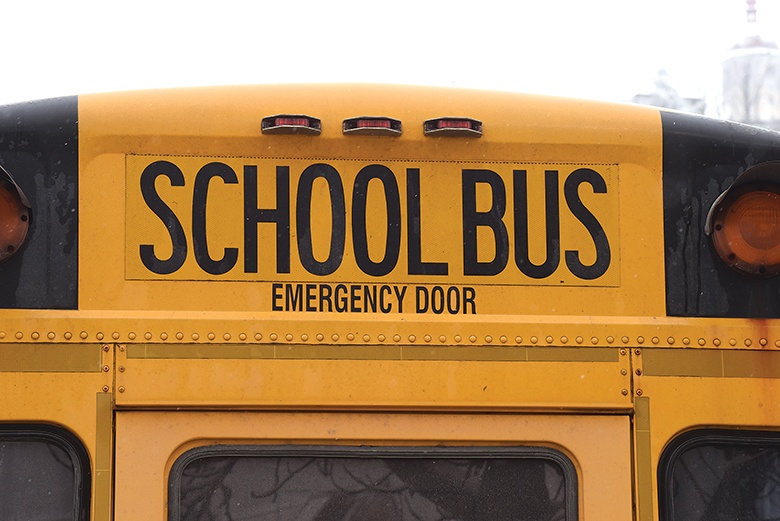
School BUSRide spoke with Aaron Tronstad, director of transportation for the Waynesville R-VI School District in Missouri. Tronstad talked about the challenges unique to his district, and his advice for NAPT members dealing with similar issues.
 Please introduce yourself and tell us about your district.
Please introduce yourself and tell us about your district.
My name is Aaron Tronstad. I have worked for the Waynesville R-VI School District for 15 years. I was a school bus mechanic up until this school year. In July, I became the director of transportation.
The Waynesville School District has 60 – 70 percent military students. We are impacted quite a bit by the military base, Fort Leonard Wood, that is located right next to Waynesville. Our school district has about 6,000 students total, and we transport about 4,000 students a day.
What is the most pressing challenge for your district’s transportation department?
I think, like most other districts, our biggest issue is staffing. Maintaining a consist staff that wants to come to work and get the job done. With the training and the time it takes to get new drivers behind the wheel, it is a process that takes time.
I would say 95 percent of the people we hire have never driven a school bus and do not have a CDL. Some people are intimidated by the size of the bus and dealing with that many kids can be overwhelming.
How are you seeking to solve this challenge?
What we have done, that I feel makes a difference, is being more proactive in getting people in the door. I try not to classify it the first meeting as an interview but more of a meet and greet where we can discuss the job and answer any questions. I keep it informal.
In every industry, I think the main issue is that people just want to be appreciated. People want to know that what they do matters, and I think bus drivers are the heroes behind the scenes. They get the kids to and from school every day. I think a lot of times there can be a lack of communication with drivers unless you have a student that is acting up or something. So, to me, that starts at the top. I know everyone has bills and everyone needs a paycheck, but I hope at some point that it becomes more than just a paycheck, and that people realize they are making a difference in students’ lives.
The other thing is, people tend to tell you when you do something wrong, but not often when you do something right. If you are at work every day, if you have a good attitude, I think sometimes that we miss the opportunity to acknowledge the positive things in our employees. So, making people feel valued and appreciated, that has made a difference. They know that what they do matters, and I reinforce that all the time. When you have happy employees and they have somebody that they know is looking for a job, they are more apt to say, “Hey, Waynesville School District, that’s a great place to work. You should come join our team.”
As a seasoned professional, what advice can you offer other NAPT members?
I have been a director for about nine months now, but I have been in the transportation department for about 15 years. What I have found is that you have to know that there are going to be bad days. You are going to have those storms, things that are not going to go great, but if you stay positive and just think about the end result, stick with it, things do get better. It takes a lot of patience. You have to put yourself in the shoes of those people that are working for you, the things they are going through. I have found patience and just being receptive to new ideas really helps.
What can the NAPT organization do to best help you?
This past October was my first time attending an NAPT conference. I was very happy with the resources that were offered at the conference, especially for somebody that is new in a director position. Some of the things, the subjects that they were covering were things that I felt could apply to somebody new, whether it was how do you hire drivers, retain drivers. There were other people in the field as a resource also, other members, that you could get ideas from, things that have worked for them, making contacts, and sharing ideas. I think as an organization, it just gives us a voice. It puts resources out there to make us better at what we do, which is ultimately, keeping our students safe.


